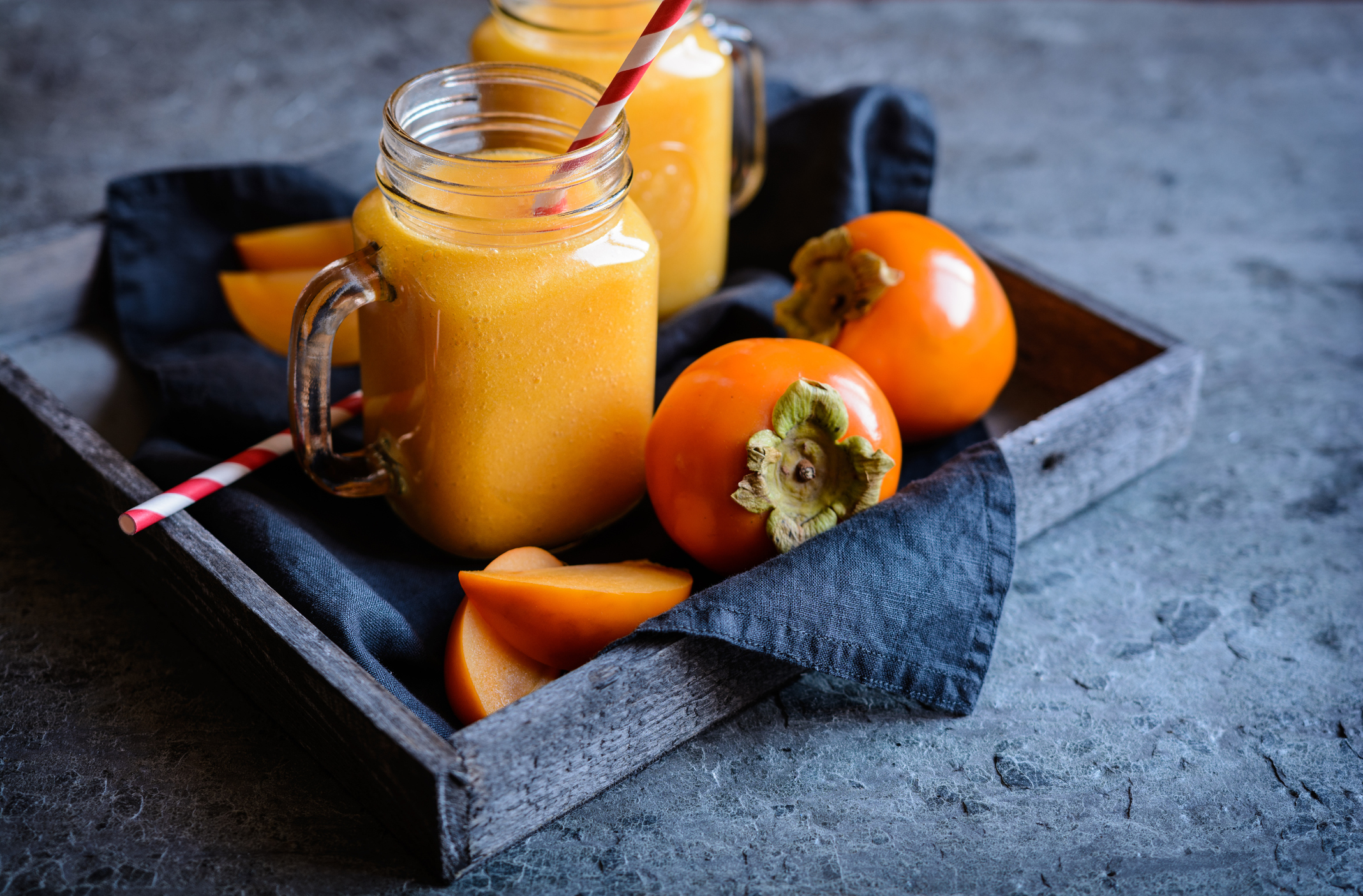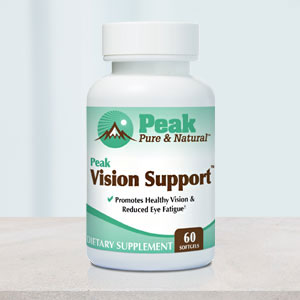Get Easy Health Digest™ in your inbox and don’t miss a thing when you subscribe today. Plus, get the free bonus report, Mother Nature’s Tips, Tricks and Remedies for Cholesterol, Blood Pressure & Blood Sugar as my way of saying welcome to the community!
7 reasons to try a persimmon now

It’s that time of year in the produce aisle. I’ve watched as fresh peaches have been replaced by fall’s bounty: Macintosh apples, Bartlett pears, and nutritious pomegranates.
There’s one unusual fall fruit, though, that you may not have heard of. It’s a treasure trove of nutrition and taste.
Its Latin name means “food of the gods.” It looks like a tomato and can be either really sour or really sweet.
Give up?
Persimmons 101
There are literally hundreds of types of persimmons. But when you’re shopping, you’re likely to see either the Hachiya or the Fuyu variety.
You can tell these two types of persimmon apart by their shape. It’s also good to know about their differences in taste, so you can choose one that will please your taste buds.
Both Hachiya and Fuyu persimmons can range from a light yellow-orange to a deeper, dark reddish-orange. But the Hachiya is typically elongated in shape, similar to an acorn or a Roma tomato, while the Fuyu is round and squat, resembling a beefsteak tomato.
And then there’s the taste.
Don’t try and eat a Hachiya persimmon before it is totally ripe — soft like a water balloon or an over-ripe tomato. If you do, you’re in for a mouth-puckering experience. Hachiyas have a much more astringent (sour/bitter) flavor than Fuyus do.
Fuyus are sweeter and far less astringent and can be enjoyed while they are still firm.
Why the difference?
Hachiyas have a higher level of tannins, polyphenols found in nearly all plants — in bark, skin, seeds and stems — that give them their astringent flavor. With antioxidant and antibacterial properties, tannins are one of nature’s defenses against disease (more about that in a moment).
Health benefits of persimmons
1. Persimmons are loaded with nutrients. For a small fruit, persimmons carry a big nutritional punch.
A small persimmon has 118 calories, and a glycemic load of just 8. Glycemic load indicates how much a person’s blood sugar will rise after eating a particular food. By comparison, the glycemic load of a cup of raw cabbage is 1.
Eating a persimmon gives you the following nutrients:
- Fiber: 6 grams
- Vitamin A: 55% of the recommended daily intake (RDI)
- Vitamin C: 22% RDI
- Vitamin E: 6% RDI
- Vitamin K: 5% RDI
- Vitamin B6: 8% RDI
- Potassium: 8% RDI
- Copper: 9% RDI
- Manganese: 30% RDI
2. Persimmons are an excellent source of antioxidants. Persimmons are rich in carotenoid antioxidants like beta-carotene, a pigment found in many brightly colored fruits and vegetables.
A study involving over 37,000 people found that those with a high dietary intake of beta-carotene had a significantly reduced risk of developing type 2 diabetes.
3. Persimmons may benefit heart health. Persimmons contain flavonoid antioxidants that benefit heart health by reducing blood pressure, lowering inflammation and decreasing cholesterol levels.
The tannins in persimmons that make them taste sour also are known to lower blood pressure and inflammation and decrease cholesterol levels.
4. Persimmons may help reduce inflammation. Persimmons are rich in the powerful antioxidant vitamin C, which helps lower inflammation, a common cause of heart disease and diabetes.
5. Persimmons are rich in fiber. Foods high in soluble fiber, such as fruits and vegetables, can help lower high cholesterol levels by helping the body excrete what it doesn’t need. Persimmons are a high-fiber fruit that has been shown to lower LDL cholesterol levels.
6. Persimmons support healthy vision. Persimmons have a lot of the carotenoids lutein and zeaxanthin, which may reduce the likelihood and severity of macular degeneration.
A study involving over 100,000 people found that those who consumed the highest amounts of lutein and zeaxanthin had a 40 percent lower risk of developing age-related macular degeneration than those who consumed the least amounts
7. Persimmons slow aging. The antioxidant fisetin is found in grapes, strawberries and persimmons. Now that summer is over, persimmons are your best bet for getting this natural age-fighter into your diet.
Studies have shown that fisetin protects the brain against age-related changes in neural function, cognition and memory. In other words, it keeps your brain young.
How to enjoy persimmons
Wondering about the best way to enjoy persimmons while they’re here? Try these simple ideas:
- Slice persimmons onto a salad for a flavorful addition.
- Top your morning yogurt or oatmeal with fresh or cooked persimmon for a burst of natural sweetness.
- Mix dried or fresh persimmon into muffin, bread or cake mix.
- Combine with berries and citrus fruits for a delicious fruit salad.
- Broil persimmon and serve with baked Brie for a tasty appetizer.
- Bake persimmons with chicken or meat for a unique flavor combination.
Editor’s note: Have you heard of EDTA chelation therapy? It was developed originally to remove lead and other contaminants, including heavy metals, from the body. Its uses now run the gamut from varicose veins to circulation. Click here to discover Chelation: Natural Miracle for Protecting Your Heart and Enhancing Your Health!
Sources:
Environmental Nutrition: Persimmon power Chicago Tribune
Top 7 Health and Nutrition Benefits of Persimmon Healthline
Fuyu vs. Hachiya Persimmons – Explained! Boston Organics
Persimmon Fruit Tannin-Rich Fiber Reduces Cholesterol Levels in Humans karger.com
Dietary intake of carotenoids and risk of type 2 diabetes Nutrition, Metabolism and Cardiovascular Diseases














